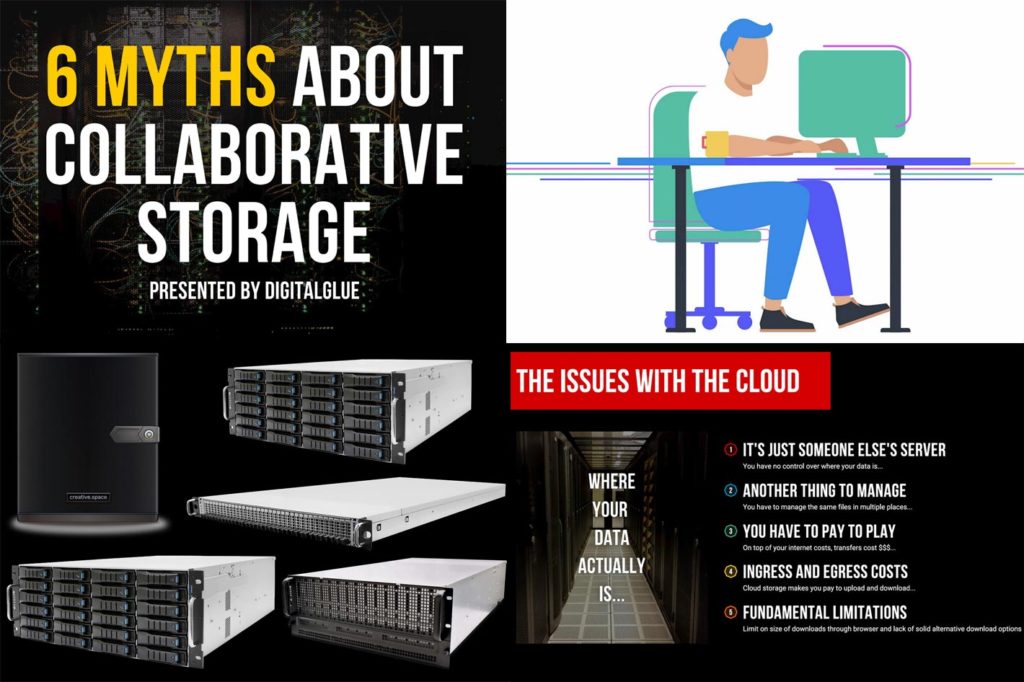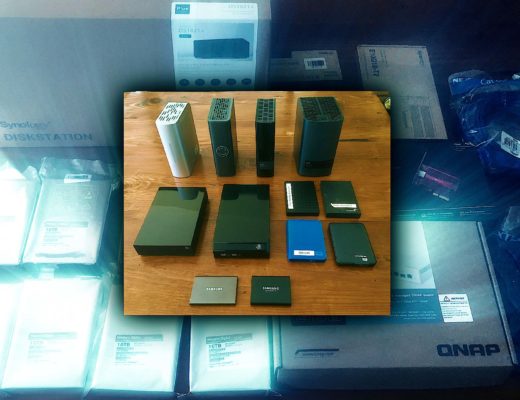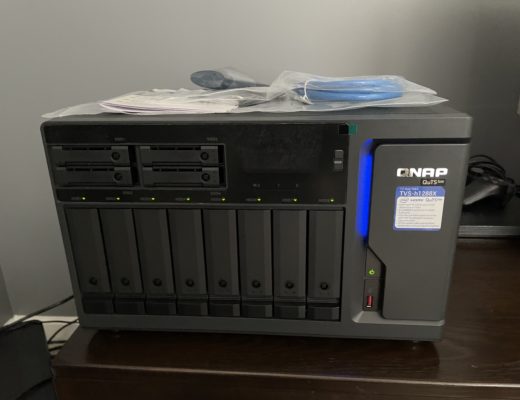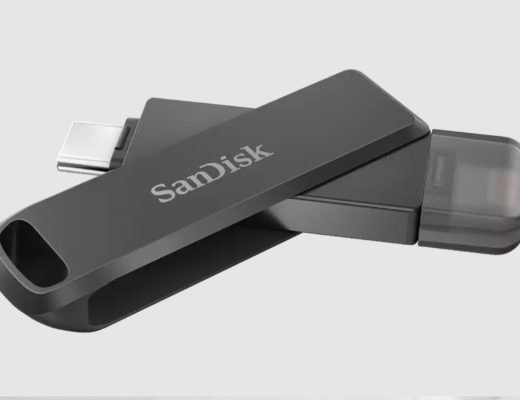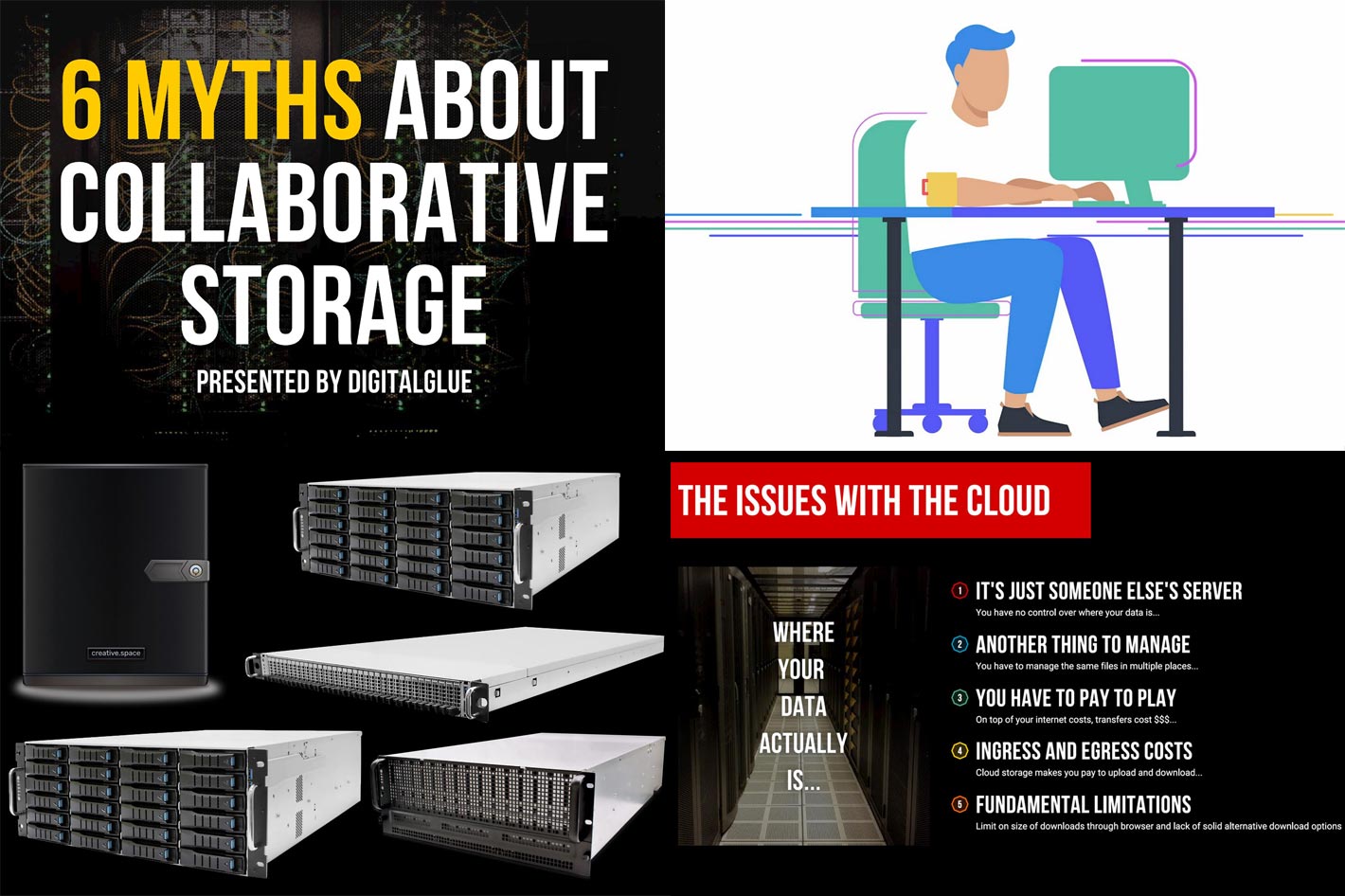 With remote work being the norm, a variety of solutions to keep teams working have appeared, many promoting the cloud. A company, creative.space offers a different solution, using a fog network!
With remote work being the norm, a variety of solutions to keep teams working have appeared, many promoting the cloud. A company, creative.space offers a different solution, using a fog network!
Long before companies sold the idea of the cloud to users, professionals dealing with digital archives would create back ups, multiple, as a safety measure, and then keep one or two on the premises, another at the bank and maybe a third at their parents or girlfriend/boyfriend’s home. No one talked about remote access, because the Internet was not ready for that.
The Internet changed everything, and over time it was trendy – and for some a sign of being “professional” – to have files in the cloud. But what is the cloud? Depending whom you ask, it can be many things; some will say it is a global network of servers, each with a unique function. Others will just imagine it as a vast archive where they can deposit their digital files. The cloud, in fact, is a series of software and services that run on the Internet, instead of locally on your computer. Most cloud services can be accessed through a Web browser like Firefox or Google Chrome, and some companies offer dedicated mobile apps.
Having your files in the cloud can be cheaper than having your files in multiple hard drives, but companies as Western Digital or QNAP soon offered their own “cloud” solutions, in the form of systems with multiple HDDs. Products as the My Cloud Expert Series from WD or the QNAP Private Cloud Storage Solution offer alternatives for those who prefer to have their files close to them. The QNAP NAS, for example, is a fast and affordable way to access and share your files remotely from your own private location. Whether you are backing up, accessing, or sharing files, the QNAP NAS has different solutions to easily solve your data needs.
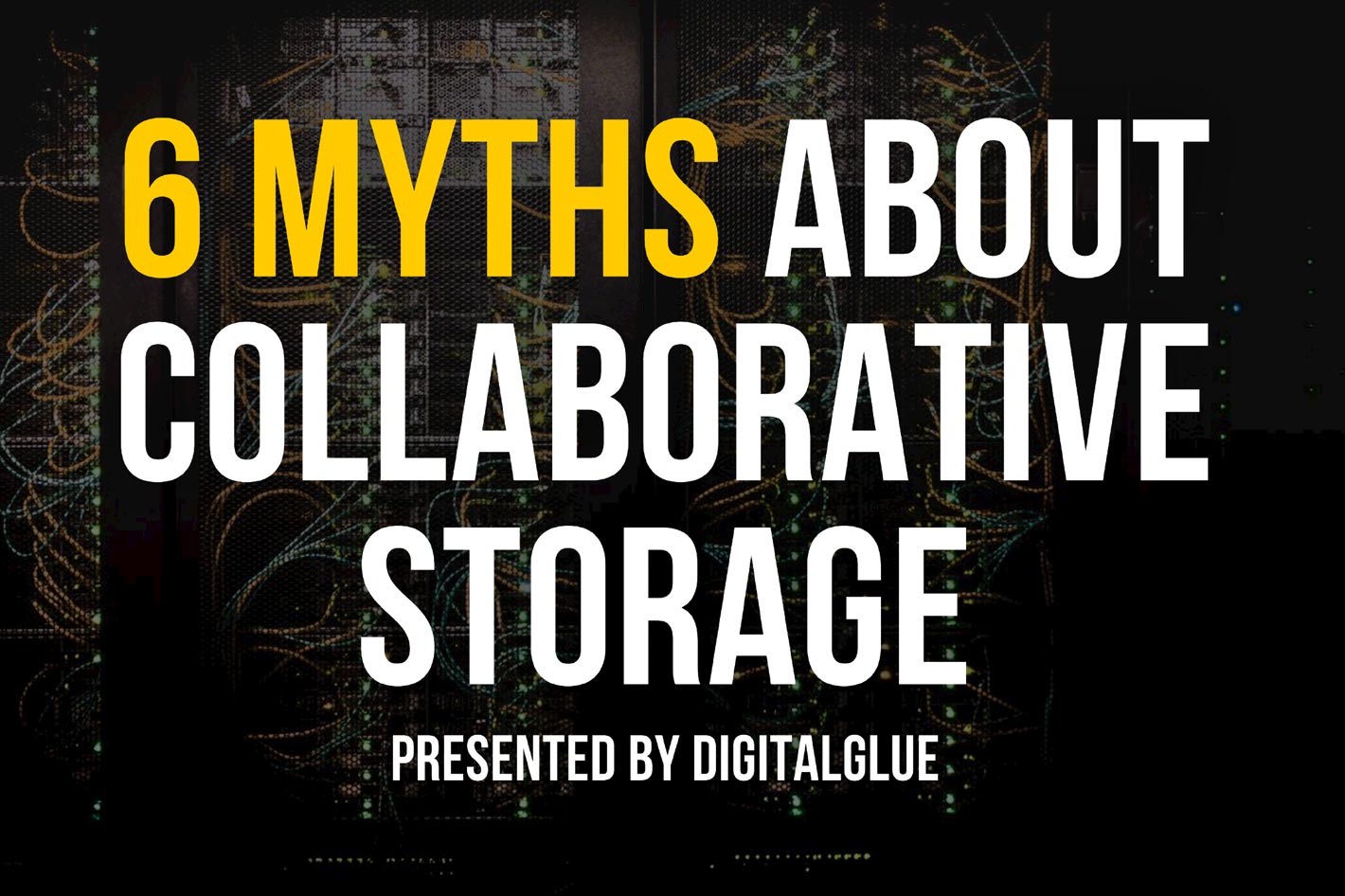 A new step for collaborative media storage
A new step for collaborative media storage
Uploading your files to the cloud can be free but is not necessarily free all the time. Companies as DropBox, Google to Apple offer free storage, as many others, but they use it expecting to convince users to pay for additional storage. In fact, the cloud is a business, made even more important now that the pandemic has forced many companies to have their teams working remotely. In recent months, ProVideo Coalition has shared with its readers information about the ways different companies use the cloud to keep workflows dynamic, even though many teams are working from home.
The ability to allows multiple users to access content and share it between them is a key asset the cloud offers, but the cloud is not the only way to share content. In fact, there is a company now telling professionals to “get your head out of the cloud”, inviting them to explore another atmospheric phenomenon: fog. Yes, creative.space invites users to build their own fog network. Yes, you read it right: a fog network.
The company creative.space has been around for a while, and last April ProVideo Coalition published a review of its //ROGUE solution for media storage, which opens new ways for creatives to work. The variety of solutions the company offers – //AUTEUR, //DEUS EX, //TANK, //BREATHLESS and the //ROGUE – represent a new step for collaborative media storage which is better, faster and cheaper. Imagine them as oversized NAS for keeping your files safe, yet easily accessible.
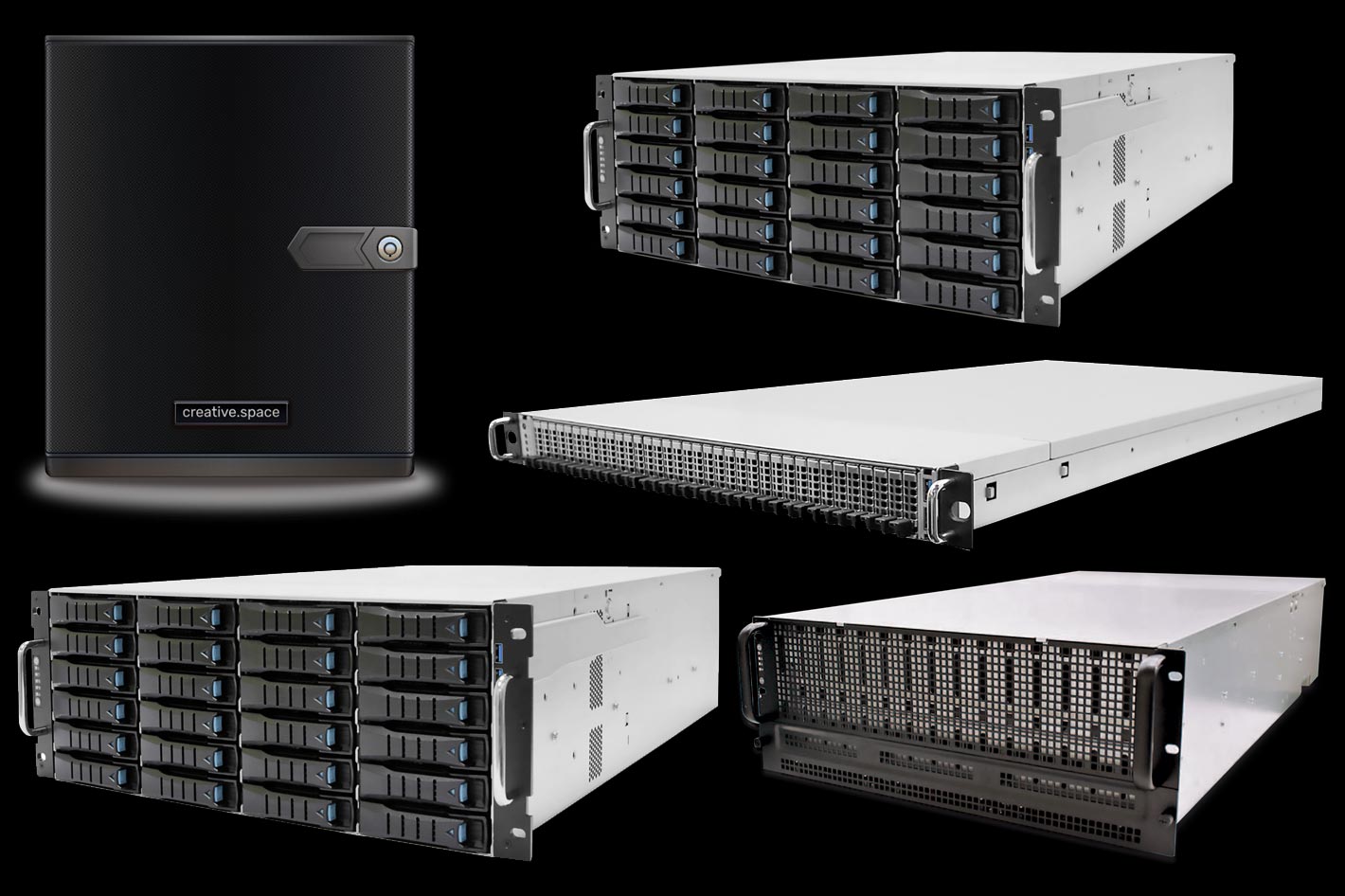 What is a fog network?
What is a fog network?
These systems for every need and budget are a sign of where technology is at the moment. The company believes “we have arrived at a convergence of both hardware and software technology that has only now made it possible for creative.space to provide a solution that truly defines a new standard for collaborative media storage. We have optimized the same technology used by Silicon Valley to handle big data to specifically handle high-bandwidth media workflows. Not only does this provide unbeatable performance but it also means that your assets are ready for the incoming wave of AI-powered analytics that can help you unlock additional value from your existing content.”
That’s one part of the story, the other being that the company is now offering its own solution, a fog network, as a better answer for some users than the popular cloud. Nick Anderson, product manager at creative.space says that “as a systems integrator, we’ve watched our customers buy into and then sober up to the myth of the cloud. In reality, ‘cloud’ is a marketing term that hides the fact that all you are doing is paying for computers in someone else’s data center that you have no control over. While there are on-demand workflows where using a cloud service makes sense, it isn’t the one and only solution to your unique storage problems or workflow roadblocks.”
Nick Anderson knows what he is talking about. He is a specialist in post production workflows, from camera to screen, has worked in post production for clients as CO3, McDonalds, Coca-Cola Studios, VH! or Imagine Music Festival and has a BFA in Film and Video, Minor in Economics, from the Georgia State University. He is also a freelance colorist and a Resident Futurist at DigitalGlue, another company associated with creative.Space.
 6 Myths about collaborative storage
6 Myths about collaborative storage
Anderson is the author of a webinar you may want to watch, to better understand the whole concept of fog network and how and why creative.space designed it. The 30 minutes webinar is complemented by a 52-page pdf document you may want to download. Under the title “6 Myths about Collaborative Storage” Nick Anderson demonstrates how creative.space provides a unique – fog – solution to the common issues customers experience with enterprise storage servers by replacing complexity with a turnkey service and intuitive user experience.
Here are the six common myths and misconceptions about collaborative storage:
- You need an IT department to set up and manage it
- You need specialized technical knowledge to use it
- You need a clustered system for performance
- You need the Cloud for remote collaboration
- You need an expensive switch to use it
- You need a big budget to afford it
At creative.space we focus on the user experience, Nick Anderson writes in a blog post, “replacing the cloud with ‘fog’. Fog blurs the boundaries between cloud and on-premise workflows; concentrating on how they interact in everyday workflows. Typical cloud workflows force teams to manage their production assets in two places – local and cloud storage. With creative.space, these two places become one through our enterprise storage at your facility that can be accessed remotely at any time. We call it On-Premise Managed Storage or OPMS.”
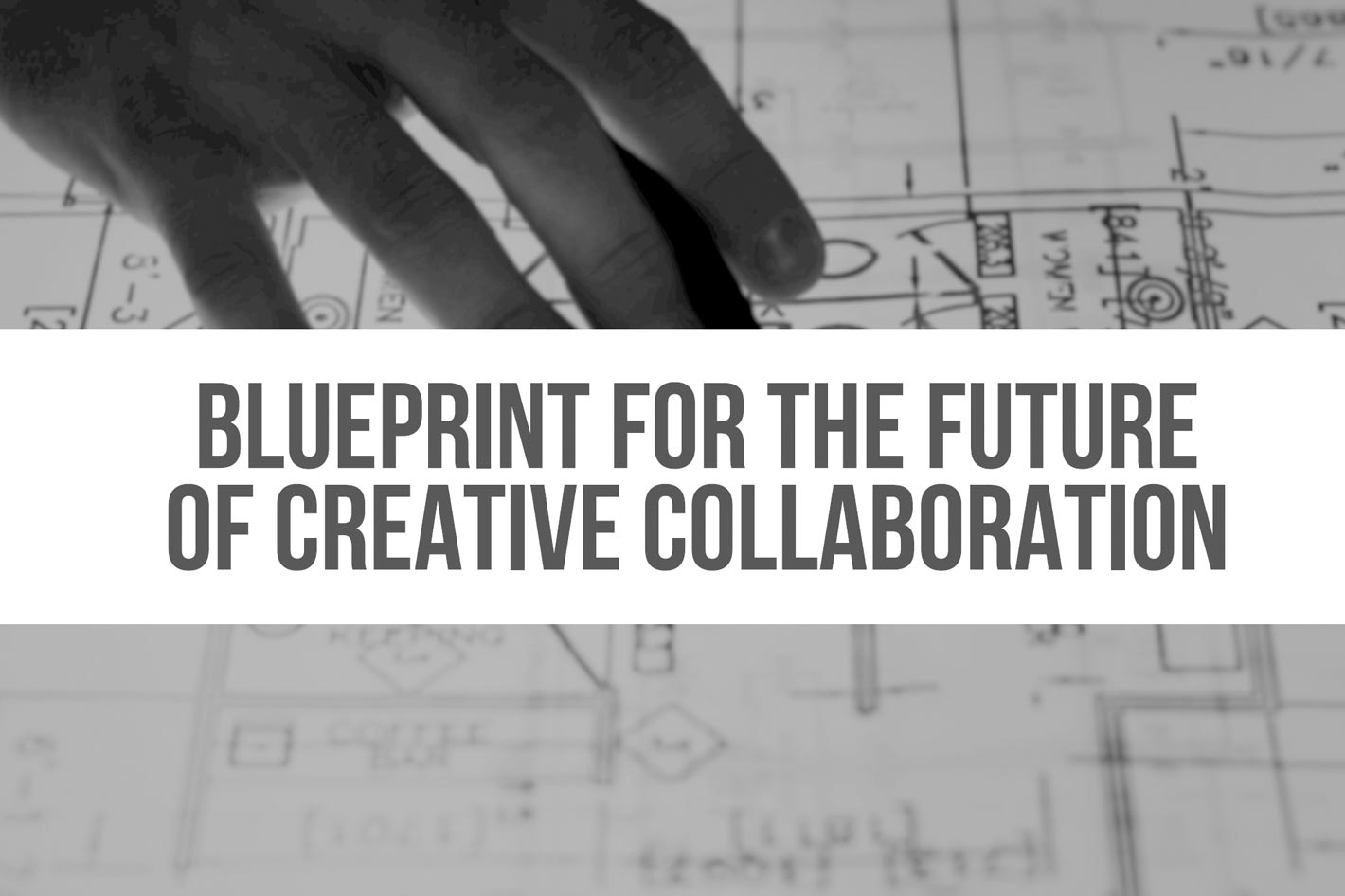 Blueprint for the Future of Creative Collaboration
Blueprint for the Future of Creative Collaboration
To fully understand how the whole system works, follow the link to read Anderson’s complete article, and from there follow links to other pages within the website, and eventually get a quote from creative.space. The company suggests that fog implementation has all of the positive aspects of the Cloud without any of the Cloud negatives. Two key aspects to retain about the fog network:
- The ability to connect remotely to any creative.space system means that all the workstations sitting unused in offices because of COVID-19 can now be used as the processing workhorses they were before.
- You can start building your fog solution with one of creative.space’s 5 enterprise-level systems, and go from there.
Nick Anderson says “We don’t like to dictate what workflow our customers should use. Instead, we share what we’ve seen be successful in the past and work with customers to implement processes for their team’s specific needs. The great thing about these remote tools is that they are building blocks that can be applied creatively in various ways. Most importantly, once users can connect to their storage through a VPN, they open up a new world of remote workflows completely under their control, instead of a third party cloud provider.
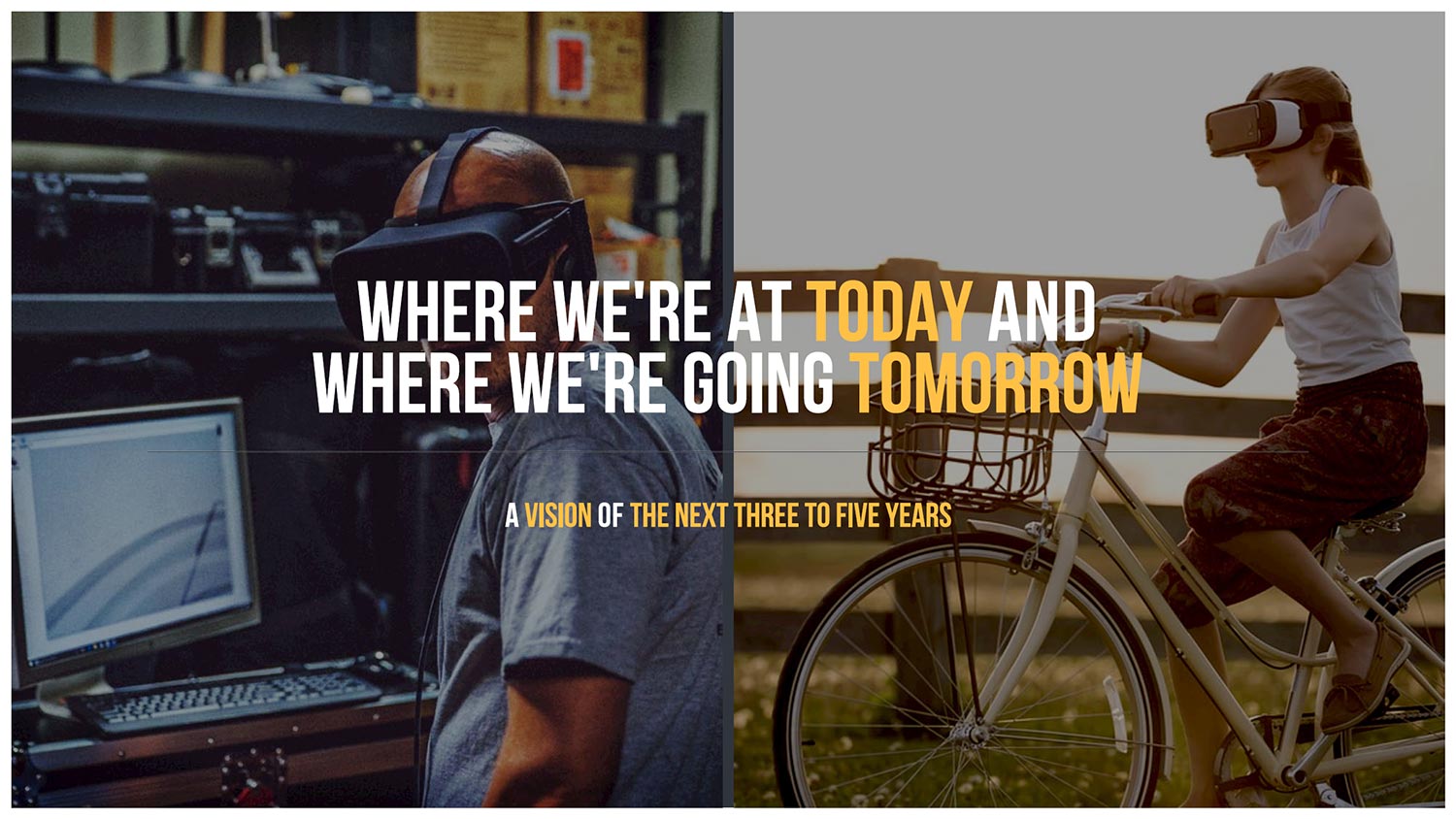 Blueprint for the Future of Creative Collaboration is another webinar, with the participation of Product Designer, Ajay Ganapathy, also supported with a document available from the series of informative pdfs published by creative.space and DigitalGlue. While there are other pdf documents you should check and probably download, this one picked my attention, because its 53 pages cover areas that appeal to me, from Artificial Intelligence to Augmented, Mixed and Virtual Reality applied to the creative process. It’s an exciting vision of the future that makes for some interesting reading and explains why Nick Anderson is known as the Resident Futurist at DigitalGlue.
Blueprint for the Future of Creative Collaboration is another webinar, with the participation of Product Designer, Ajay Ganapathy, also supported with a document available from the series of informative pdfs published by creative.space and DigitalGlue. While there are other pdf documents you should check and probably download, this one picked my attention, because its 53 pages cover areas that appeal to me, from Artificial Intelligence to Augmented, Mixed and Virtual Reality applied to the creative process. It’s an exciting vision of the future that makes for some interesting reading and explains why Nick Anderson is known as the Resident Futurist at DigitalGlue.

Filmtools
Filmmakers go-to destination for pre-production, production & post production equipment!
Shop Now